I earn a small commission via affilate links at no extra cost to you.
As a health coach, I belong to a number of online groups. One of the reasons is to get a pulse on the things that people struggle with. When it comes to the carnivore diet there are lots of issues beginners face. The biggest issue that stands out is that most people simply don’t know how their body works. They make a drastic dietary change from an industrialized diet to the carnivore diet and then wonder why they have a number of symptoms.
Should You Jump Into Carnivore?
The answer to this question largely depends on you. What is your lifestyle and health history? Were you eating sandwiches and pasta yesterday and you’re thinking about going carnivore today? Or have you been pretty strict keto for more than a few months? Do you take medication to regulate your blood sugar or any other prescription? How is your sleep? What do your stress levels look like? Are you type 2 diabetic? The answers you have to these questions will give you an indication of whether or not your body is ready to try the carnivore diet.
There are people in the world who will tell you to jump straight into carnivore from whatever you’re doing. You can do that but it’s going to be a bumpy ride for a bit. Expect to have diarrhea, fatigue, muscle aches, headaches, sugar cravings, and everyone telling you to eat more salt. Some people are motivated by the no-pain, no-gain mindset because if there isn’t some sort of miserable side effect then it must not be working. A friend of mine drank kale smoothies for a weekend and spent those three days on the toilet. On Monday she decided it “worked” because she suddenly weighed less… She weighed less because she was dehydrated.
How To Go Carnivore
For those who’d like to enjoy the transition, I recommend becoming fat-adapted first. That is, you remind your body how to access stored body fat for fuel. A traditional diet is very high in carbohydrates and most people’s bodies are accustomed to a steady stream of carbohydrates throughout the day. When you go carnivore you will end up eating next to zero carbohydrates. You’ll essentially be removing your body’s primary fuel source and asking it to turn on a dime and rely on fat and protein instead. This is largely why most people won’t feel that great making the switch. Then they’ll form the opinion that carnivore doesn’t work and it made them feel worse and they’ll write it off indefinitely. If you want to make a successful, and easier transition, I recommend becoming fat-adapted first.
Becoming fat-adapted takes three or more weeks of consistent low carbohydrate eating like the paleo diet. You’ll still get carbohydrates from fruits, vegetables, nuts, and seeds but they don’t produce the big blood sugar spikes you get from grains and added sweeteners. Switching from a grain-based diet to paleo will give most people a bit of the carb flu (where their body is looking for carbohydrates) and the paleo diet contains carbs. Imagine how much more it would suck to remove all of the carbs at once.
Go Carnivore In Three Simple Steps

Once you’ve been able to consistently follow a paleo diet for at least three weeks:
- Take the keto quiz and see how fat adapted you are. The score you get on the quiz will give you an indication of how well your body is using stored body fat for fuel.
- If you pass the keto quiz then work on lowering your carbohydrate intake.
- As you lower your carbohydrate intake gradually work your way to the carnivore diet.
If you are taking prescriptions or have health conditions it is imperative that you work with a physician who will work with you. As you decrease your carbohydrate consumption you’ll likely need to reduce the dosages of some medications.
Why Do People Go Carnivore?
The carnivore diet falls under the marketing term “blue ocean.” That is, it’s far enough from mainstream thinking that people are attracted to it. For some reason when it comes to health and wellness we think we have to do something extreme in order for it to “work.” While that simply isn’t the case it is what happens. Think celery juice, cabbage soup diets, fat burning pills, and other quick fixes that never produce lasting results.
The Carnivore Diet For Weight Loss
This is one of the biggest topics I see talked about online. It seems that many come to the carnivore diet in search of weight loss. With time this approach will work but there are other more enjoyable ways to lose weight. Your diet doesn’t have to be carnivore extreme in order to lose weight.
The Carnivore Diet For Health Issues
My health journey led me to the carnivore diet searching for relief from autoimmune joint pain. You can read about my carnivore journey here and here. If you’re like me and you have autoimmune joint pain you can read about the carnivore diet for rheumatoid arthritis and plant compounds that can cause joint pain. While people like Mikhaila Peterson have had found profound results using the carnivore diet for rheumatoid arthritis that isn’t the only thing its used for. My colleague Dr. Al Danenberg has a remarkable story about using the carnivore diet for cancer. Dr. Paul Saladino used to suffer from autoimmune issues and eczema. Dr. Shawn Baker has compiled a long list of carnivore diet success stories for a wide range of health conditions. You can find them at MeatRX.com
The Carnivore Diet To Reduce Dietary Environmental Impact
The mainstream media tells us that a plant based diet is better for the environment but that simply isn’t true. This topic is near and dear to me because my degree is in Environmental Science. Following a proper nose to tail carnivore diet and eating animals that are exclusively raised in their native environment is the best thing you can do for the planet. Pasture raised beef is carbon negative, that is, it removes carbon from the atmosphere. How so? The cow manure fertilizes the pasture which in turn causes the grasses to grow. As the grasses grow they absorb carbon dioxide from the atmosphere where it is stored in the soil.
Conversely when the soil is tilled for planting and agriculture carbon dioxide is released from the soil along with the fossil fuels needed to prepare the land, plant the seeds, irrigate, fertilize, harvest the crops, transport the crops, have the factory turn the crop into food stuff, package the food stuff, and then deliver the foodstuff to the store. Don’t forget the fossil fuels needed to make and distribute the herbicides and pesticides too.
Even using our current farming practices where all animals are not raised on pasture, meat still has a smaller greenhouse gas footprint than crops do.
What Does A Balanced Carnivore Diet Look Like?
A balanced carnivore diet is more than just eating ribeye and ground beef. Consider the traditional hunter-gatherer lifestyle. Do you think they would put a tremendous amount of effort into hunting an animal only to eat the steak? Nope. They ate and/or used every bit of the animal. Not only is this a sign of respect for the animal but it’s also how you maximize your nutrition. Eat the steak but don’t forget the bone broth, animal fats, as many cuts of the animal as you can incorporate, and don’t forget the organs.

Liver is the most nutrient-dense food on the planet and because it comes from an animal all of the nutrients easily translate to your body. That is, your body doesn’t have to use resources and funky biochemistry to turn beta-carotene into Vitamin A.
While I currently have a beef heart in my freezer I haven’t made it yet so be on the lookout for future blog posts. Heart is highest in CoQ10 which is important for a healthy metabolism and aging. As we age the body produces less CoQ10 so getting it from a food source becomes more important as the years go by.
In my opinion, these are some of the best vitamins you can get. They’re not made in a lab, they’re in a form your body can use, they’re not made from GMO ingredients, and you’re giving the ultimate respect to the animal.
The person I see who’s really living up to the nose to tail approach is Dr. Paul Saladino. Things he routinely eats include raw egg, beef suet, raw liver, testicles, and of course ribeye steak. In this blog post, he shows you tiers of carnivore eating. He is of course at level 5.

Not ready to start eating liver? Honestly, I haven’t made that leap yet myself. I’ve tried some jerky brands that contain liver but I was less than impressed. A bought a pate a friend recommended but I never opened it. What I do take are beef organ capsules. There is no funky taste, after taste, or burps after I take them. I will warn you to take them early in the day though. If I take them late in the day I can’t sleep because they give me so much energy.

Balancing Fat & Protein On The Carnivore Diet
Many tend to believe that more protein is always better and that simply isn’t the case. There is an upper limit. For most people, 0.8 grams of protein per kilogram of lean body mass is a good place to start. That is the minimum to maintain adequate protein intake. What do I mean by lean body mass? Lean body mass is your total weight minus body fat. In order to determine this number, you’ll need to figure out your body fat percentage. Hydrostatic weighing is one of the best ways to come up with this number. Some machines will get you a close estimate as will caliper measurements and some online calculators. Obviously, the more data you can provide to an online calculator (measurements) the closer it will get to your actual number.
I always recommend taking your initial protein calculation with a grain of salt. Requirements will vary depending on your gender, activity level, and health goals.
Fat intake will also depend on the individual. If you’re trying to lose body fat you don’t want to overload your diet with fat. You need to leave enough of a gap so that your body can burn stored body fat and not just the fat you consume. The issue some people have, especially women, is that they end up with hormonal issues because they’re not eating enough calories. Between decades of diet culture, portion control, and people being told they need to look a certain way there’s this more is better mentality when it comes to eating and that simply isn’t the case.
If you’re new to the low-carb lifestyle you can get started for free today when you sign up for my 4-Day Masterclass. Over the course of 4 days, I’ll introduce you to the basics of eating better, sleep, fitness, and mindset.
Why are you interested in the carnivore diet? Have you been using it to improve autoimmunity? Leave a comment below and share your story to help others.
Originally posted on October 1, 2020 @ 16:01

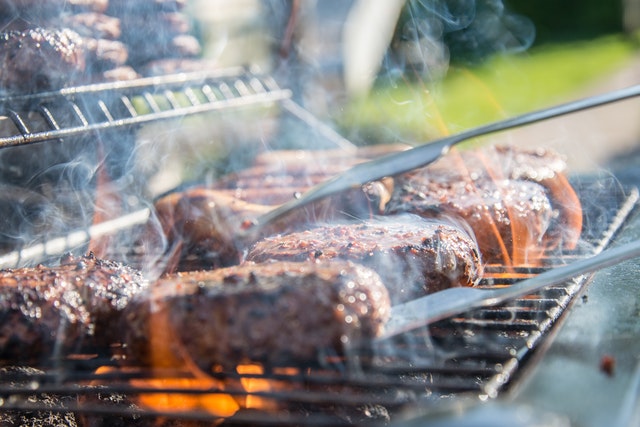
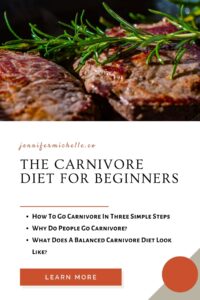
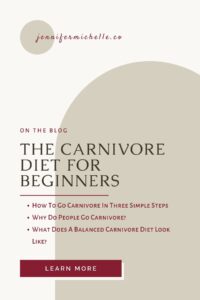
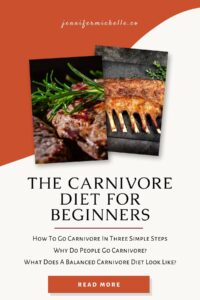
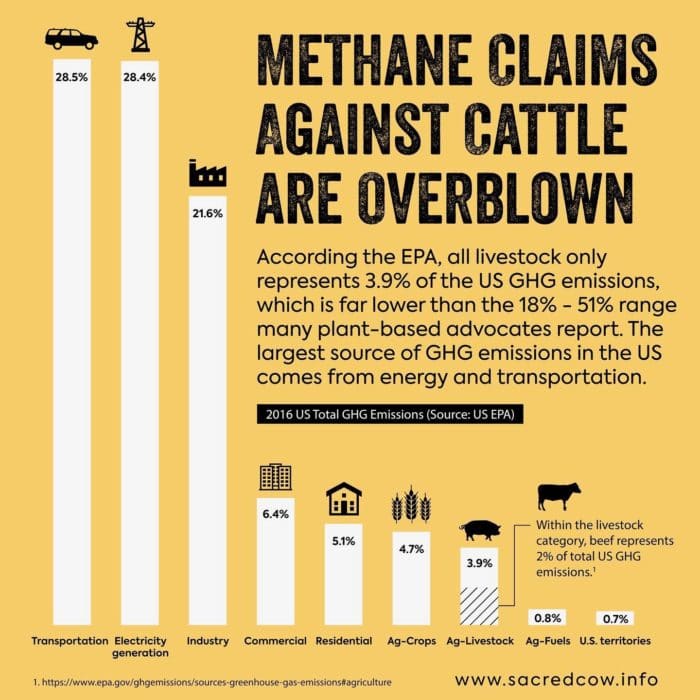


Great Article and everything you need to get started the right way!!! I’ve experienced Jen’s methods and Knowledge first hand. if I can do it anyone can (with support). Don’t wait until your at breaking point like me with years of issues. Join the program and get to living life the way you were meant to (With Jen’s Help). It’s a no brainer